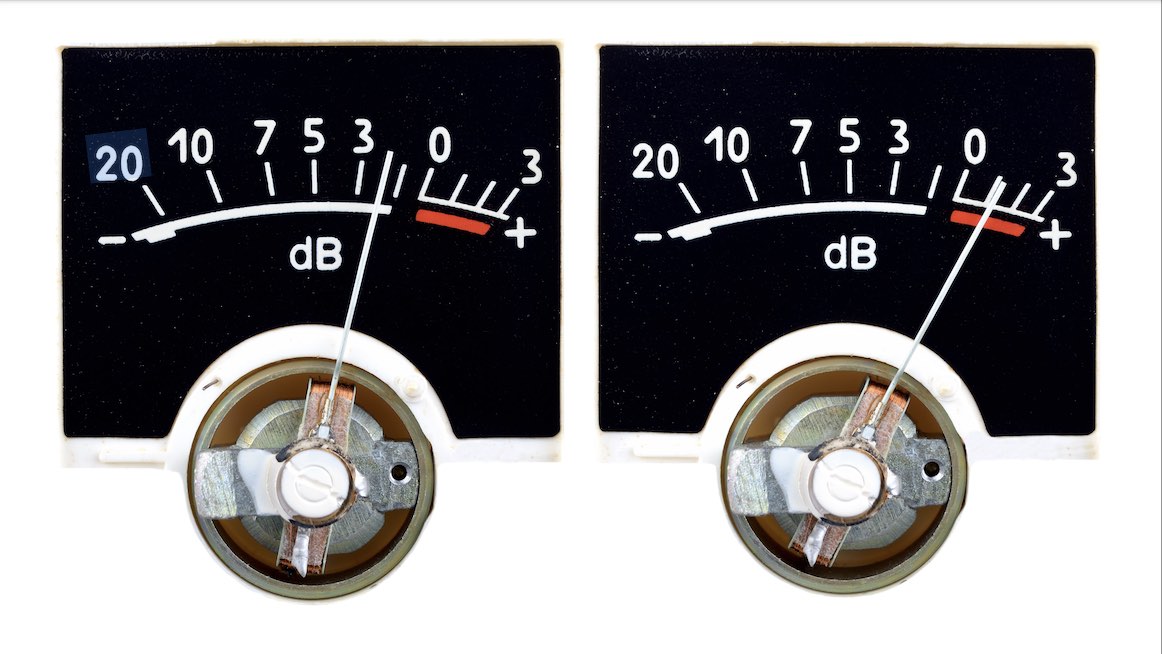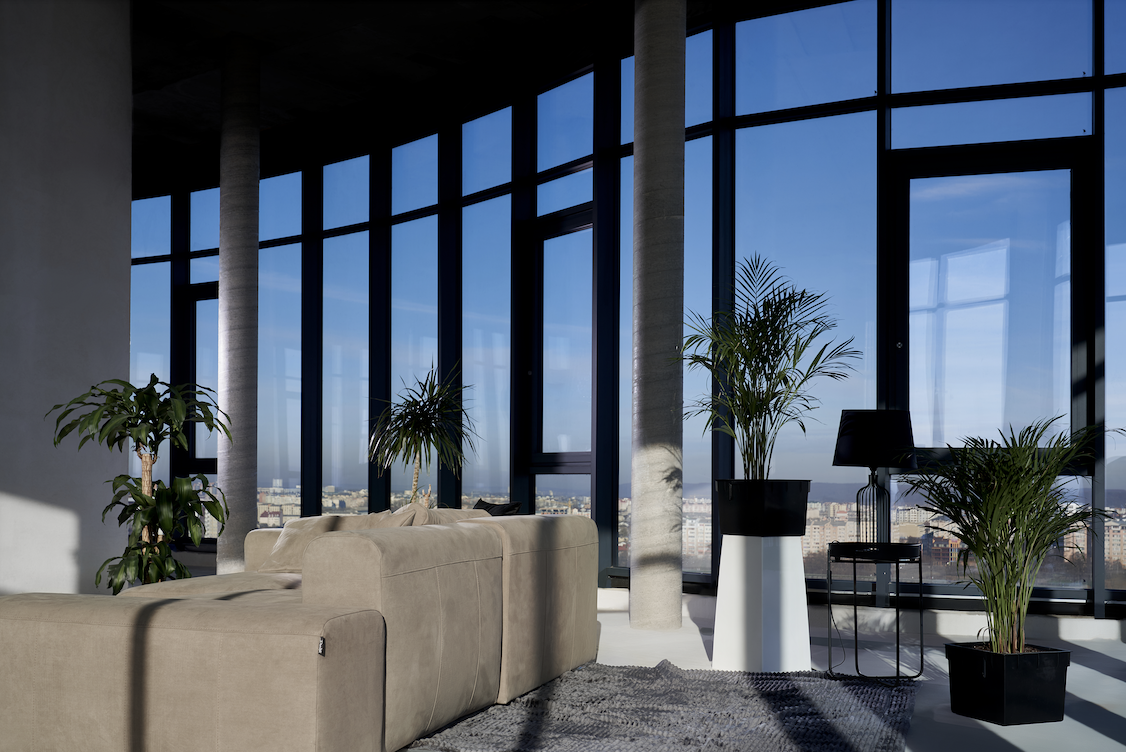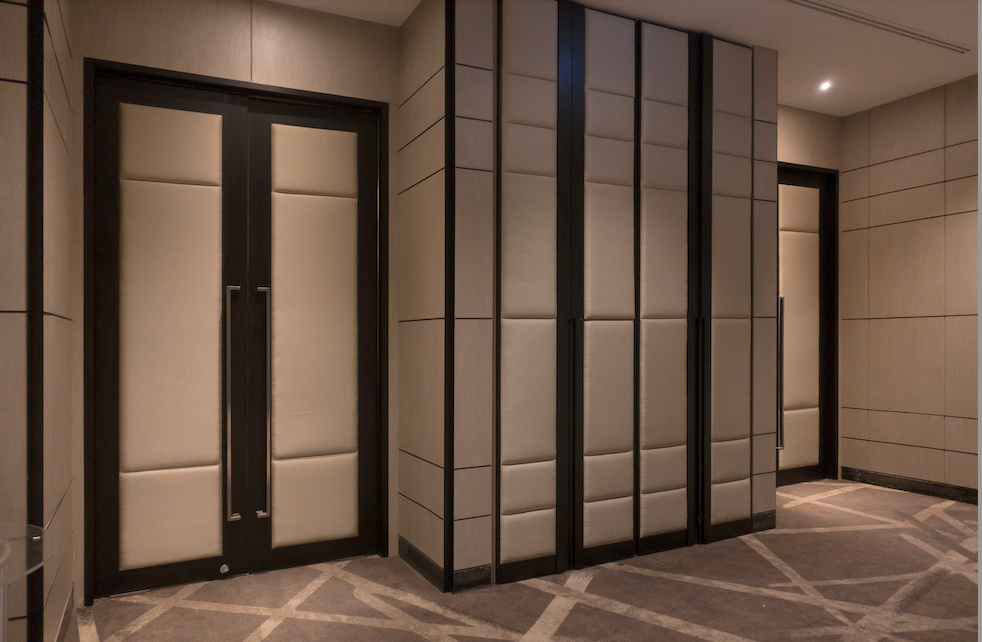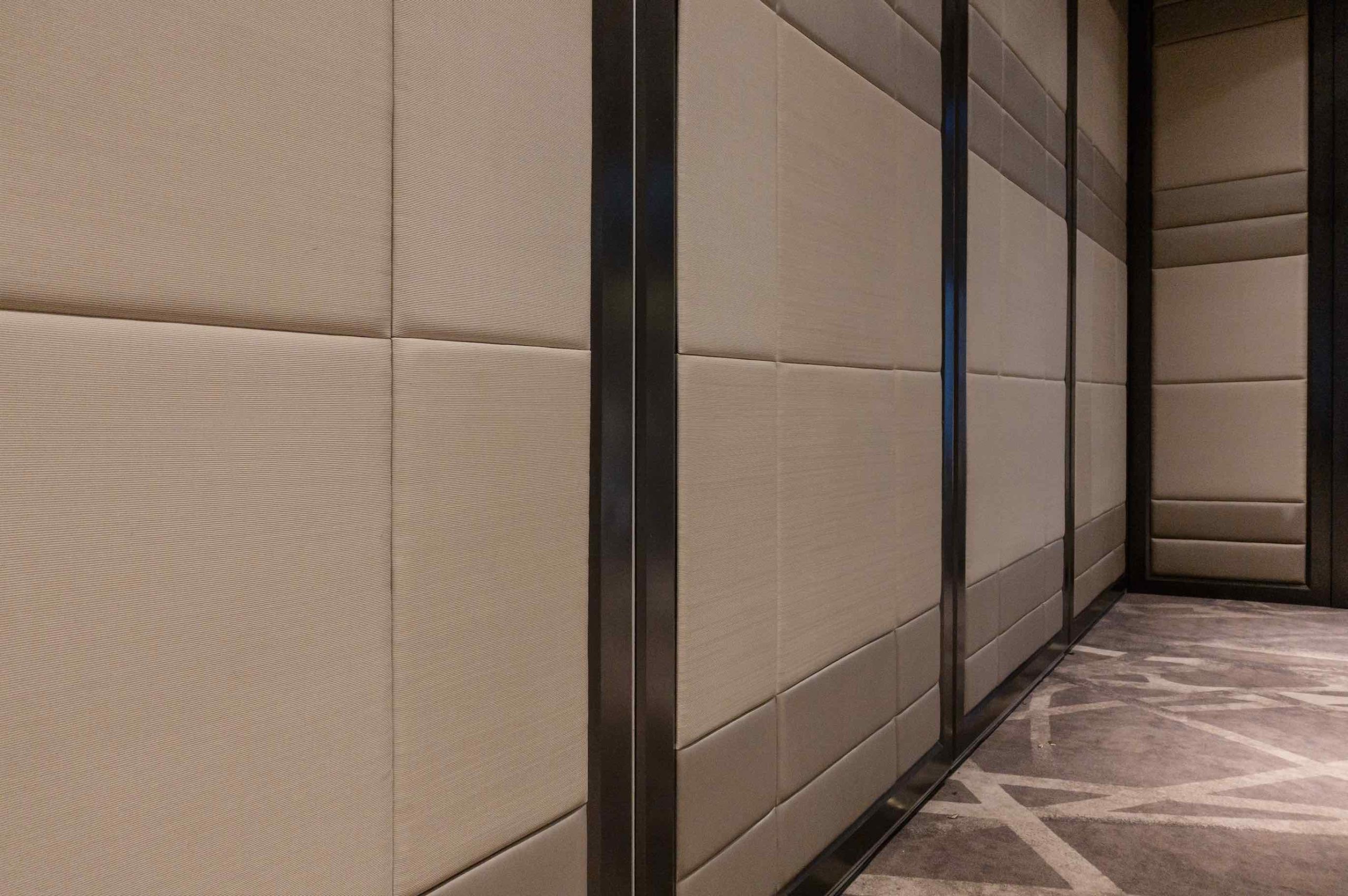Window Solutions
Window Tint/Film
Windows Blinds
Windows Shades
Window Solutions
Window Tint/Film
Windows Blinds
Windows Shades
Room acoustic treatments can solve the problem of design features that interfere with sound quality quickly and easily.
Room Acoustic Treatments
If you’re planning to install a home theater or whole-home audio system, you will likely spend a great deal of time considering speakers and deciding what kind of sound you want. Should your home theater have to surround sound? Should you install speakers in the ceiling in your living room as part of your whole-home audio system? Will you need a subwoofer, and should you consider floor speakers? These questions are all important to getting the best sound, but even if you invest in the most technologically-advanced and well-crafted speakers you can find, there is another factor that can still interfere with your sound quality: the room itself.
Many different factors about a room, from its size to the slope of its ceiling, can impact the acoustics of the space. If you invest in an audio system for your home without considering its acoustics, there is a good chance that you will be underwhelmed by the results. Fortunately, if you work with an audio specialist, you can include plans for tackling any kind of acoustic issue that is inherent in your room design. Room acoustic treatments can solve the problem of design features that interfere with sound quality quickly and easily. Here is what you need to know.
Acoustics is a major field of research that is complex and constantly developing. However, at a basic level, acoustics is tied to reverberation, or reflection, of sound waves. The acoustics of a space is determined partially by the amount of time it takes a sound to start fading away after the wave is initiated. This is called the rate of decay. Different rates of decay are preferred for different situations. For example, if you are in a restaurant having a conversation, a fast rate of decay is ideal. For concert halls, rooms are designed to have acoustics that allows for long rates of decay—this type of design is appropriate for listening to both live music and recorded music at home.
The rate of decay is determined in large part by how the sound waves reverberate in a room. It is necessary to control and direct the way the reflections occur in order to improve the acoustics of the space.


There are several different things that can impact the acoustics of a room. A plain, rectangular room without any wall or ceiling features offers the least amount of reflection. However, it is very rare to find a room that is designed in such a way, especially in modern homes. Most rooms have features like graduated ceilings, crown molding, HVAC vents, pillars, and multiple open spaces, which can all affect the acoustics of the space.
Curved walls are another feature that impacts the acoustics. If your walls are curved, you can picture the way they may trap the sound waves and change the way they bounce around the room. The size of the room also matters as sound waves will bounce back and forth off walls in small rooms much faster than in large spaces.
Everything you put into the room also has an impact on the acoustics. Some materials absorb sound waves, while others bounce them vigorously. Plants, furniture, carpets, drapes, and other design features are key factors to consider when it comes to the acoustics of your space. Your audio technician may even recommend some things that you should add or remove from your media room to improve the sound quality.
Room acoustic treatments are panels that absorb sound waves in rooms in which too much reverberation is occurring. These panels help to change the acoustics of a room to achieve the ideal amount of reverberation for the best sound quality.
Acoustic treatments come in a wide array of sizes and shapes. This allows for them to be used in different ways in different rooms. It is also possible to have custom acoustic treatments designed so that they address your needs specifically. Many homeowners find that a custom solution is best in rooms with unique design features to ensure that the treatments do not look obtrusive. Likewise, they can be custom designed in a range of colors to blend into your space rather than standing out. Homeowners who are concerned about the appearance of acoustic treatments are often pleasantly surprised by how seamlessly custom designs can fit into their homes.
Getting your acoustic treatments just right is both an art and a science. You need to deaden sound in your room, but you don’t want to stop all of the reverberation—some bouncing of sound waves is good. You have to find the right balance with the amount and placement of acoustic treatments to enhance the sound quality in your space. The best way to do this is to work with an experienced audio technician who can make the kinds of precise tweaks that are necessary. Generally, covering about 40% of the two longest walls in your room with acoustic treatments will create the kind of balance that is needed. However, the specific features of your room could make it necessary to cover more or less of the wall space to achieve the best sound quality.


Even with a whole-home audio system, most people don’t want acoustic treatments in every room. Focus on putting them in the areas in which you will be watching and listening most often. For example, acoustic treatments are almost always valuable in home theaters and media rooms, and if you have a room in which you listen to music often, treatments may make a huge difference there. For rooms in which you are casually watching television or playing music in the background while you do other things, it may not be necessary to have acoustic treatments.
Let Technology Specialists help you achieve the best possible acoustics in your entertainment spaces. Our experts use the latest technologies and tools to create customized home theaters, audio systems, and more. For additional information about acoustic treatments in Tucson, get in touch with our team today.
If you’re planning to install a home theater or whole-home audio system, you will likely spend a great deal of time considering speakers and deciding what kind of sound you want. Should your home theater have to surround sound? Should you install speakers in the ceiling in your living room as part of your whole-home audio system? Will you need a subwoofer, and should you consider floor speakers? These questions are all important to getting the best sound, but even if you invest in the most technologically-advanced and well-crafted speakers you can find, there is another factor that can still interfere with your sound quality: the room itself.
Many different factors about a room, from its size to the slope of its ceiling, can impact the acoustics of the space. If you invest in an audio system for your home without considering its acoustics, there is a good chance that you will be underwhelmed by the results. Fortunately, if you work with an audio specialist, you can include plans for tackling any kind of acoustic issue that is inherent in your room design. Room acoustic treatments can solve the problem of design features that interfere with sound quality quickly and easily. Here is what you need to know.
Acoustics is a major field of research that is complex and constantly developing. However, at a basic level, acoustics is tied to reverberation, or reflection, of sound waves. The acoustics of a space is determined partially by the amount of time it takes a sound to start fading away after the wave is initiated. This is called the rate of decay. Different rates of decay are preferred for different situations. For example, if you are in a restaurant having a conversation, a fast rate of decay is ideal. For concert halls, rooms are designed to have acoustics that allows for long rates of decay—this type of design is appropriate for listening to both live music and recorded music at home.
The rate of decay is determined in large part by how the sound waves reverberate in a room. It is necessary to control and direct the way the reflections occur in order to improve the acoustics of the space.
There are several different things that can impact the acoustics of a room. A plain, rectangular room without any wall or ceiling features offers the least amount of reflection. However, it is very rare to find a room that is designed in such a way, especially in modern homes. Most rooms have features like graduated ceilings, crown molding, HVAC vents, pillars, and multiple open spaces, which can all affect the acoustics of the space.
Curved walls are another feature that impacts the acoustics. If your walls are curved, you can picture the way they may trap the sound waves and change the way they bounce around the room. The size of the room also matters as sound waves will bounce back and forth off walls in small rooms much faster than in large spaces.
Everything you put into the room also has an impact on the acoustics. Some materials absorb sound waves, while others bounce them vigorously. Plants, furniture, carpets, drapes, and other design features are key factors to consider when it comes to the acoustics of your space. Your audio technician may even recommend some things that you should add or remove from your media room to improve the sound quality.
Room acoustic treatments are panels that absorb sound waves in rooms in which too much reverberation is occurring. These panels help to change the acoustics of a room to achieve the ideal amount of reverberation for the best sound quality.
Acoustic treatments come in a wide array of sizes and shapes. This allows for them to be used in different ways in different rooms. It is also possible to have custom acoustic treatments designed so that they address your needs specifically. Many homeowners find that a custom solution is best in rooms with unique design features to ensure that the treatments do not look obtrusive. Likewise, they can be custom designed in a range of colors to blend into your space rather than standing out. Homeowners who are concerned about the appearance of acoustic treatments are often pleasantly surprised by how seamlessly custom designs can fit into their homes.
Getting your acoustic treatments just right is both an art and a science. You need to deaden sound in your room, but you don’t want to stop all of the reverberation—some bouncing of sound waves is good. You have to find the right balance with the amount and placement of acoustic treatments to enhance the sound quality in your space. The best way to do this is to work with an experienced audio technician who can make the kinds of precise tweaks that are necessary. Generally, covering about 40% of the two longest walls in your room with acoustic treatments will create the kind of balance that is needed. However, the specific features of your room could make it necessary to cover more or less of the wall space to achieve the best sound quality.
Even with a whole-home audio system, most people don’t want acoustic treatments in every room. Focus on putting them in the areas in which you will be watching and listening most often. For example, acoustic treatments are almost always valuable in home theaters and media rooms, and if you have a room in which you listen to music often, treatments may make a huge difference there. For rooms in which you are casually watching television or playing music in the background while you do other things, it may not be necessary to have acoustic treatments.
Let Technology Specialists help you achieve the best possible acoustics in your entertainment spaces. Our experts use the latest technologies and tools to create customized home theaters, audio systems, and more. For additional information about acoustic treatments in Tucson, get in touch with our team today.
Licensed & Bonded
ROC# 285238
ROC# 306779
RESIDENTIAL SERVICES
COMMERCIAL SERVICES
HOURS
Monday - Friday
8 am - 5 pm
SPEEDWAY
4418 E SPEEDWAY BLVD
TUCSON, AZ 85712
(520) 784-2500
AUTOMALL
4351 N FAIRVIEW AVE
TUCSON, AZ 85705
(520) 784-2500
SIERRA VISTA
999 E FRY BLVD SUITE 203
SIERRA VISTA, AZ 85635
(520) 784-2500